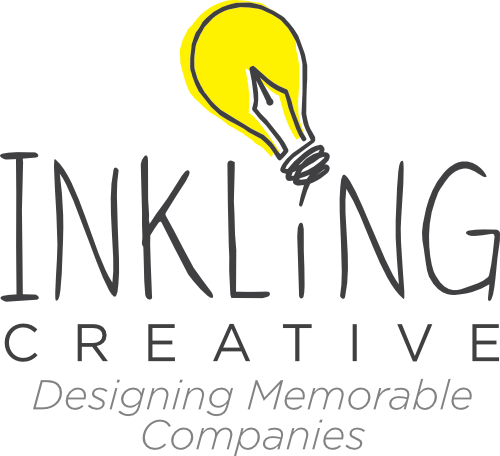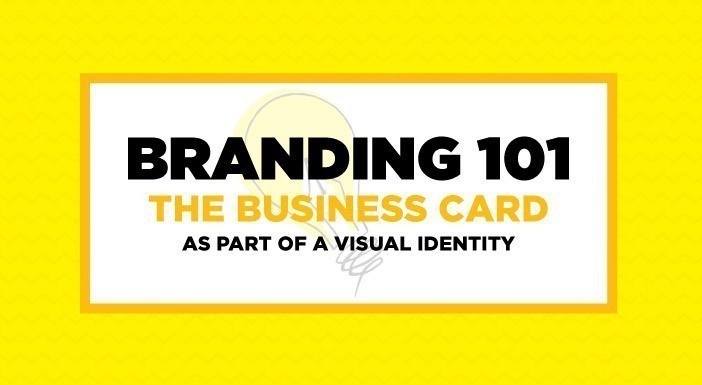Imagine you are with a crowd of people at a networking lunch. Everyone introduces themselves: who they are, what they do, and why you should hire them. Each person you talk to hands you a different business card. All of them are the same size and same style designed with varying degrees of skill. By the end of lunch you are flooded with information.
More...
You need an interior designer. You know you met a few people, but you’re not sure who said what. So you go back to where you know this information is located – your stack of business cards. You remember one that particularly stood out. Of the elements in a visual identity, one of the most important and increasingly underrated needs is last: the business card.
Business cards contains many of the previous visuals we discussed in print format. It is often someone’s first impression of a business. And it often projects a company’s value, so it’s something you want done well.
For example, CEO Sally pays to attend an expensive networking function that you also attend, and you take interest in Sally’s services. Sally hands you cards printed from home on cheap paper that it looks like her ten-year old designed – because it’s convenient and inexpensive. She described an expensive, high-quality financial service, but her business cards don’t reflect that.
Sally just lost your business.
What shortcuts will her company take with your finances “because it’s easier and saves money”?
Business Card Statistics
CEO Sally is a fictional character that tells us what a business card can convey about a company. But SilkCards gives statistics that make CEO Sally seem less fictional. They say
- 72% of people judge a company based on the quality of their business cards
- 39% of people decide not to do business with a company because they have a “cheap looking” business card
Something I like to say is, "the quality of the paper reflects the quality of the product." The above statistics and the example of Sally demonstrate this particularly well.
The quality of the paper reflects the quality of the product
They also inform us that a color card survives 10x longer than the standard white card, because they stand out. I remember my first business card. They were not the standard size, 2x3.5, but were slightly different, and it made an impression. This is another way to make your cards stand out.
Elorus gives us some important information. They say that “the business card remains still the most effective direct marketing tool compared to email campaigns, SEO strategies and paid ads online.” This is especially true when you attend conferences or networking events, or even waiting in a restaurant. As business owner or representative, after pitching your products or services wherever you might be, you can exchange a firm handshake and a business card with your next big client.
A unique, originally designed business card instantly makes your business more credible and more memorable. Contact me today for unique designs and printing options.
What do you think? What is the most memorable business card you’ve seen? What other information would you like to know about business cards? Comment below with your thoughts.


[…] cards is they can be used to establish branding and identity. Your business card serves as a compact branding tool. It often includes your company logo and color scheme, reinforcing your brand identity. Consistency […]